Embark on a journey through the pristine wilderness of Patagonia, a dream destination for backpackers. This comprehensive guide for Patagonia Backpacking unveils the best long and short hikes, practical tips, and essential information for an unforgettable adventure in this breathtaking region. From navigating the Carretera Austral to exploring the dense forests of the Lake District, this is a good reason discover the best ways to immerse yourself in the spectacular views and diverse landscapes of Southern Patagonia. With the Cerro Castillo as your starting point, traverse the gravel roads, cross suspension bridges, and trek through the temperate rainforest to experience the raw beauty of Patagonia with Patagonia Backpacking.
Understanding the Regions: Chilean and Argentine Patagonia
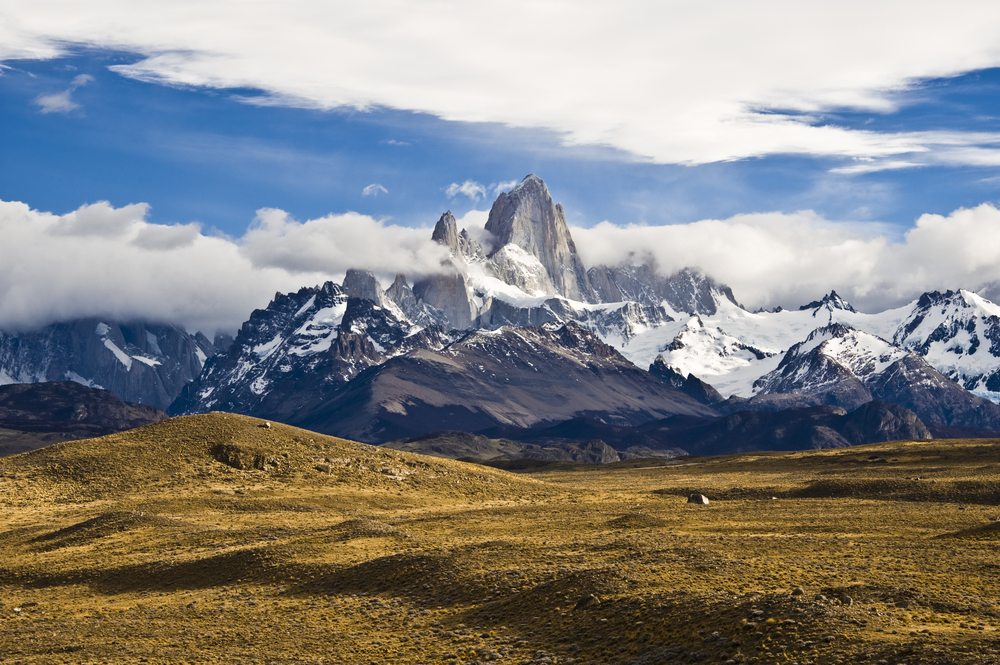
Patagonia is divided between Chile and Argentina, each offering its own unique experiences for backpackers. In Chilean Patagonia, you’ll find the world-renowned Torres del Paine National Park, known for its towering mountain peaks, glacial lakes, and dramatic landscapes. On the Argentine side, Los Glaciares National Park is home to the impressive Perito Moreno Glacier and the iconic Fitz Roy massif in El Chaltén. Both countries have their own currencies, with Chile generally being more expensive than Argentina. When planning your trip, it’s important to consider the exchange rates and the cost of living in each country.
Best Time to Visit Patagonia
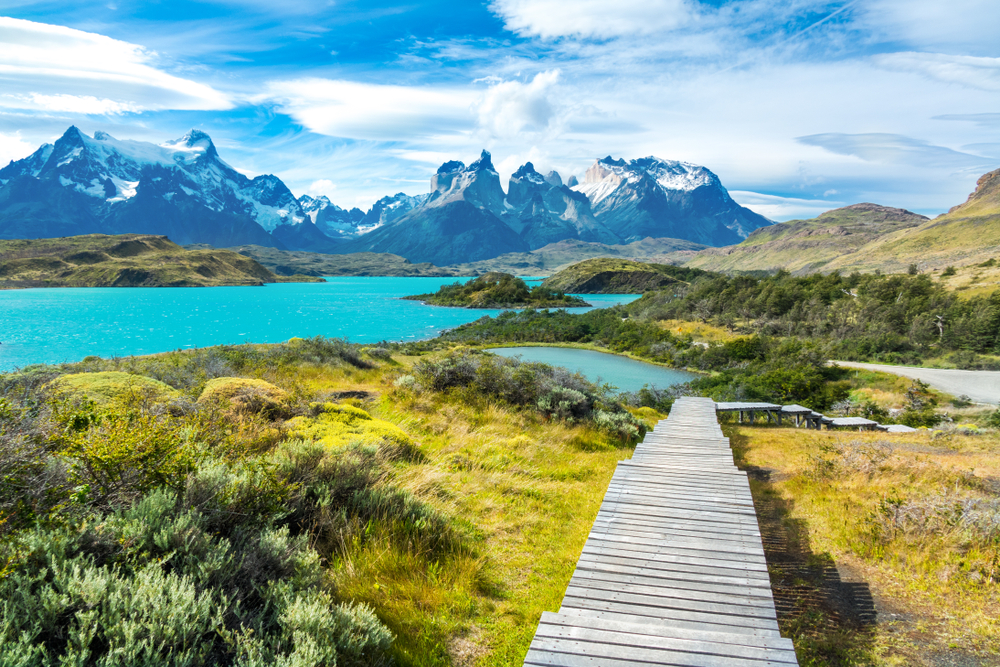
The best time to visit Patagonia depends on your preferences and the activities you plan to engage in. The peak season in Patagonia is during the summer months of December through February, when the temperatures are the warmest, and the days are the longest. However, this is also the busiest time, with higher prices and larger crowds. The fall months of March and April offer milder temperatures, fewer tourists, and the opportunity to witness the vibrant colors of the changing foliage. Spring (September to November) is a great way and time to visit before the crowds arrive, with cooler temperatures and less precipitation compared to summer. Winter in Patagonia (June to August) is a quieter time with fewer visitors, but the weather can be harsh and many hiking trails may be inaccessible.
Getting There and Getting Around
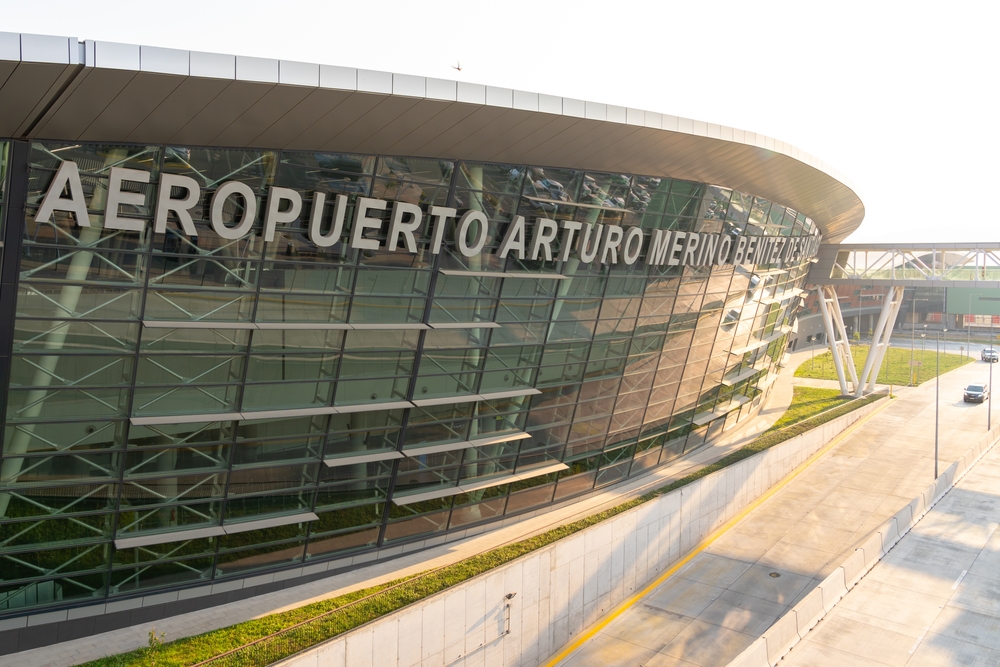
Most travelers to Patagonia will arrive at either the Comodoro Arturo Merino Benítez International Airport in Santiago, Chile or the Ministro Pistarini International Airport in Buenos Aires, Argentina. From there, you can take domestic flights to the Patagonian region. It’s recommended to book your flights well in advance to secure the best deals. Once you’re in the region, buses are the most common mode of transportation between towns and national parks. There are reliable bus station companies operating routes between popular destinations, such as Punta Arenas, Puerto Natales, El Calafate, and El Chaltén. It’s advisable to buy your bus terminal tickets ahead of time, especially during the peak season.
National Parks in Patagonia
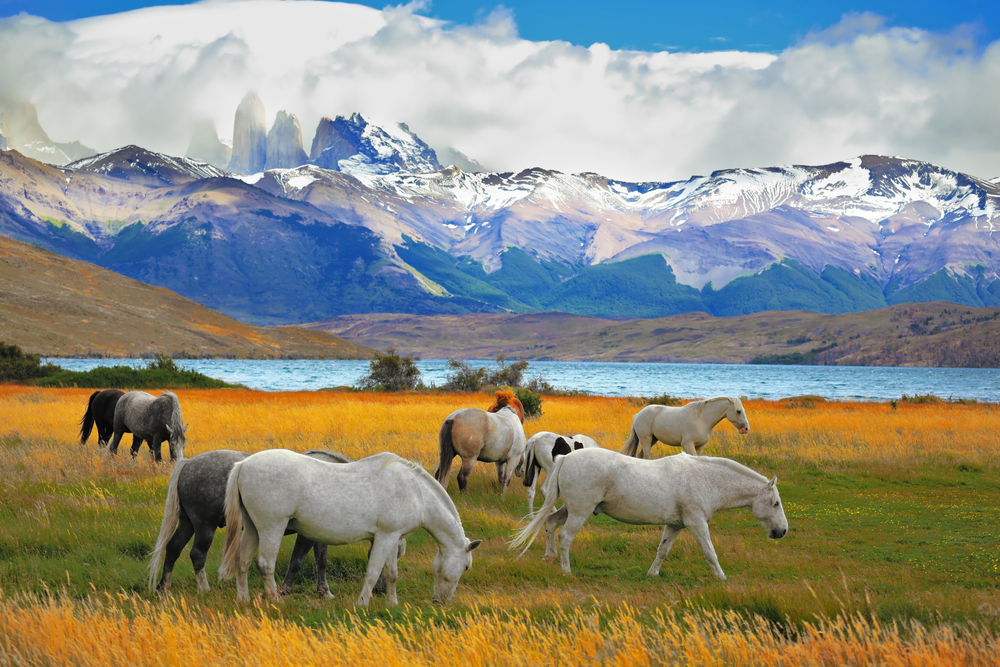
Patagonia is home to several stunning national parks that offer incredible hiking opportunities and breathtaking landscapes. One of the most famous parks is Torres del Paine National Park in Chile, known for its iconic granite peaks, glacial lakes, and the renowned W Trek and O Circuit. In Argentina, Los Glaciares National Park is a must-visit destination, with the awe-inspiring Perito Moreno Glacier and the picturesque town of El Chaltén, the gateway to the Fitz Roy massif. Both parks offer a range of multi-day hikes, from challenging treks to more accessible day trips.
Hiking in Patagonia
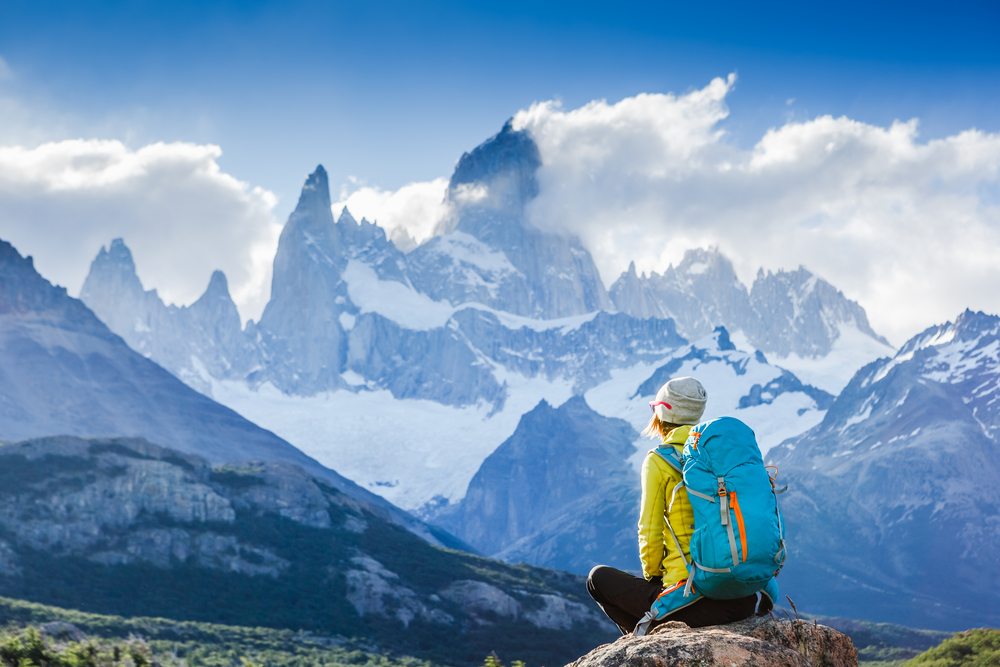
Patagonia is a paradise for hikers and backpackers, with a wide range of trails catering to different skill levels and interests. The W Trek in Torres del Paine National Park is one of the most popular multi-day hikes, taking you through some of the park’s most iconic attractions, including the Grey Glacier, the French Valley, and the base of the Torres del Paine peaks. For a more challenging adventure, the O Circuit offers a complete loop around the park, allowing you to experience its remote and untouched beauty. In El Chaltén, the Laguna de Los Tres hike offers incredible views of Mount Fitz Roy and the surrounding glacial lakes. It’s important to be well-prepared for your hikes, including having the appropriate gear, a reliable sleeping bag, and sufficient food and water. It’s also essential to be aware of the strong winds that can be encountered in Patagonia and to practice Leave No Trace principles to preserve the pristine environment.
Accommodation Options
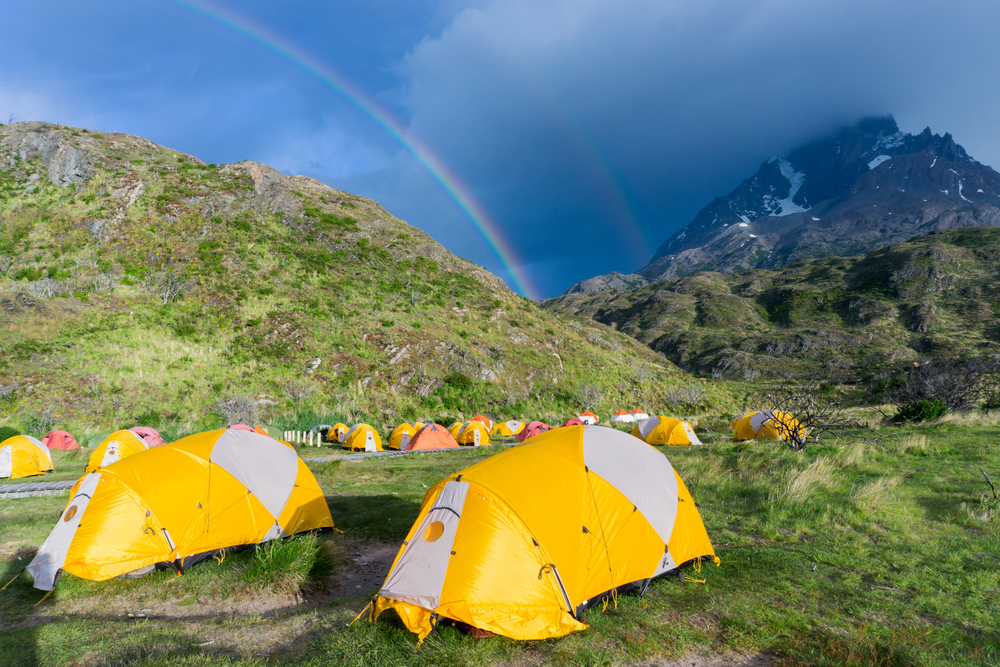
When it comes to accommodation in Patagonia backpacking, there are several options to choose from depending on your preferences and budget. In national parks like Torres del Paine, you can find a range of lodging options, from refugios (mountain huts) to campsites. Refugios provide basic amenities and meals for hikers, while camping allows for a more immersive experience in nature. In towns and cities, there are hostels, guesthouses, and hotels available, catering to different budgets. It’s important to book accommodation in advance, especially during the peak season, as availability can be limited.
Budgeting for Your Trip
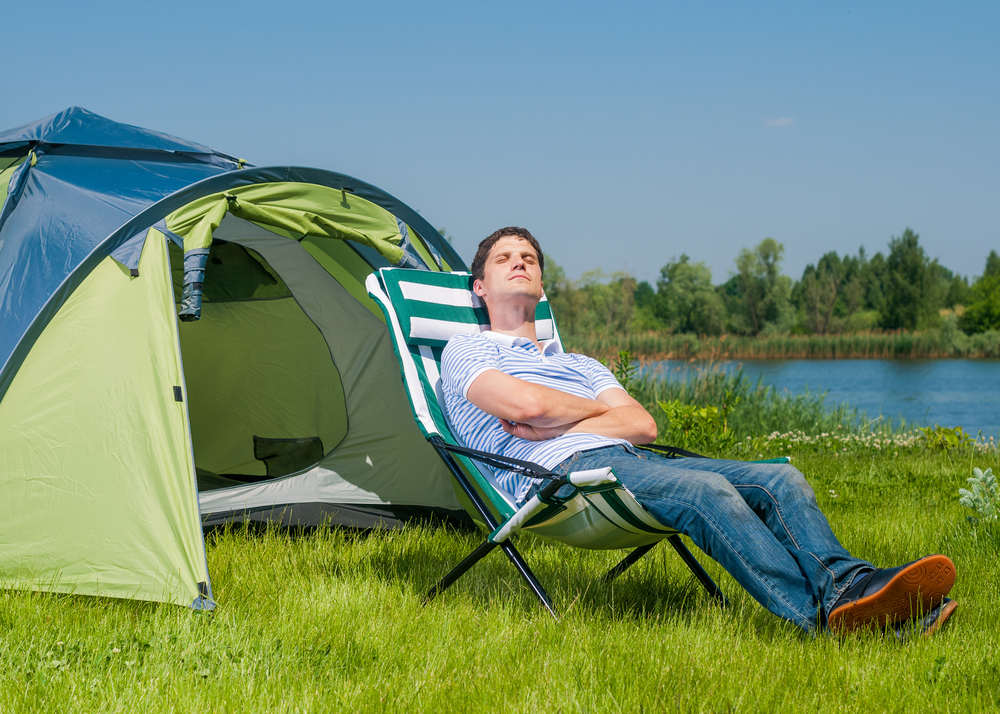
Patagonia can be an expensive destination, but with careful planning, it’s possible to experience the region on a budget. The cost of your trip will depend on various factors, including accommodation, transportation, food, and activities. Patagonia Backpacking and Camping is generally the most affordable option for accommodation, with free campsites available in some areas. Cooking your own meals can also help save money, as dining out can be expensive, especially in remote areas. When it comes to transportation, buses are often the most cost-effective option, and booking tickets in advance can help secure lower fares. It’s also worth considering the exchange rate between currencies and taking advantage of any discounts or deals available.
Practical Tips and Safety Considerations
When backpacking in Patagonia, it’s important to be well-prepared and informed about the environment and potential challenges. Here are some practical tips to ensure a safe and enjoyable trip:
- Check the weather forecast regularly and be prepared for rapid changes in weather conditions.
- Dress in layers and bring appropriate clothing for all seasons, including waterproof and windproof gear.
- Be aware of the potential for strong winds and plan your hikes accordingly.
- Carry a reliable map, compass, and GPS device to navigate the trails.
- Pack essential items such as a first aid kit, a headlamp, a multi-tool, and extra food and water.
- Practice Leave No Trace principles by respecting the environment and minimizing your impact.
- Inform someone about your itinerary and expected return time before embarking on a hike.
- Stay hydrated and bring a water filter or purification tablets for safe drinking water.
- Respect wildlife and keep a safe distance from animals, especially predators like pumas.
- Purchase travel insurance to protect yourself against any unforeseen circumstances.
Additional Resources and Recommended Gear
To further enhance your backpacking experience in Patagonia, here are some additional resources and recommended gear:
- Guidebooks: Invest in guidebooks specific to the region, such as “Trekking in the Patagonian Andes” by Lonely Planet or “Hiking in Patagonia: 30 of the Best Walking Adventures” by Vicky Spring and Tom Kirkendall.
- Maps: Carry detailed maps of the national parks and trails you plan to explore, such as the Torres del Paine Trekking Map or the El Chaltén and El Calafate Hiking Map.
- Recommended Gear: A reliable backpack, a sturdy pair of hiking boots, a warm and waterproof jacket, a comfortable sleeping bag, a lightweight tent, a water filter or purification system, trekking poles, and a portable stove for cooking meals on the trail.
- Online Forums and Communities: Join online forums and communities, such as r/Patagonia or the Lonely Planet Thorn Tree Forum, to connect with fellow backpackers, ask questions, and gather valuable insights and tips.
Patagonia, with its spectacular views and diverse landscapes, offers an array of adventures for every backpacker. Whether you’re trekking along the Carretera Austral, navigating the trails of El Chaltén, or embarking on a boat ride through the Beagle Channel, there’s a myriad of experiences waiting to be discovered. Don’t miss the opportunity to cross the border into Chile, explore the dense forests of the Lake District, or tackle the challenging Huemul Circuit. Remember to secure your bus tickets, exchange currency at the blue dollar rate, and carry essential camping gear for an epic journey through this bucket-list destination. With each step, you’ll uncover the most important thing – the indelible memories etched into the soul by the breathtaking landscapes and awe-inspiring adventures of Patagonia. So lace up your hiking boots, grab your backpack, and let the journey begin!